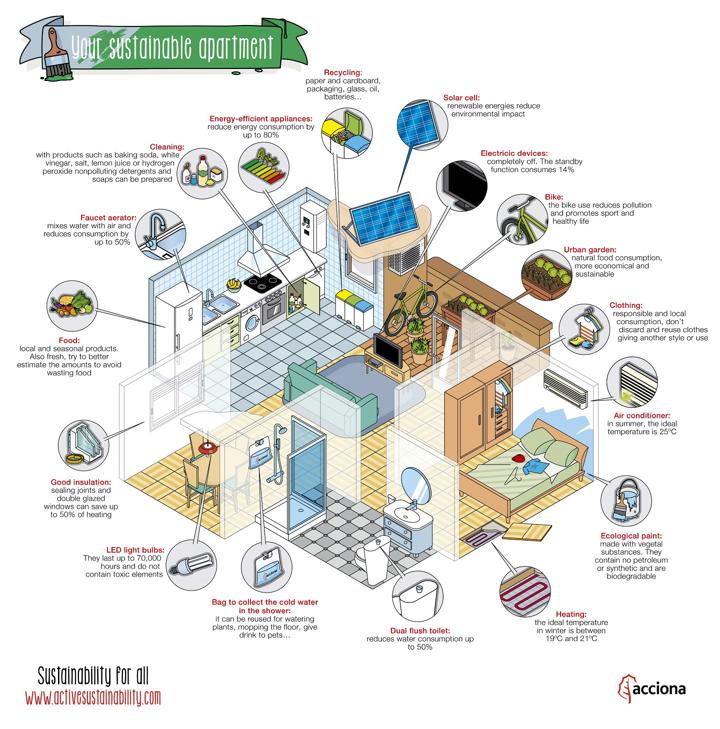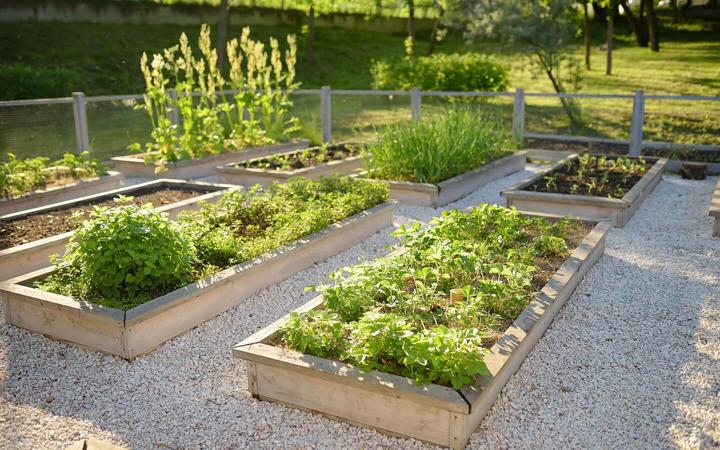How to Organize a Sustainable Living Space
Creating an Eco-Friendly Living Environment

Frequently Asked Questions
Organizing a sustainable living space helps reduce waste, lower your carbon footprint, improve air quality, and contribute to overall well-being while saving costs on bills and creating a serene environment.
You can involve your family by educating them about sustainable practices, assigning specific tasks related to recycling or decluttering, and encouraging everyone to share ideas for maintaining an eco-friendly space.
Step by Step Guide
1
Evaluate Your Current Space
Begin by assessing your current living space to identify areas that can be optimized for sustainability. Look for items that can be reused, recycled, or discarded responsibly to minimize waste.
2
Understand Sustainable Materials
Familiarize yourself with sustainable materials that are eco-friendly. Focus on natural, non-toxic, and recyclable materials. Examples include bamboo furniture, organic cotton textiles, and recycled glass.
3
Declutter Mindfully
Sort through your belongings and declutter consciously. Keep items that serve a purpose or bring joy, and consider donating or recycling what you no longer need. This not only increases space but also reduces environmental impact.
4
Optimize Energy Efficiency
Improve the energy efficiency of your living space by replacing traditional light bulbs with LED lights, using energy-efficient appliances, and ensuring proper insulation. Consider solar panels or wind energy options if feasible.
5
Incorporate Indoor Plants
Integrate indoor plants effectively into your space to improve air quality and enhance aesthetics. Choose plants that thrive indoors and require minimal maintenance, such as snake plants, pothos, or peace lilies.
6
Implement a Recycling System
Set up a dedicated recycling system within your home. Ensure bins are clearly marked for paper, plastics, and metals. Recycle items responsibly and educate others in your home about the importance of recycling.
7
Utilize Multi-Functional Furniture
Choose multi-functional or modular furniture that saves space and meets various needs. Examples include sofa beds, storage ottomans, and foldable tables. This can help maintain a clutter-free environment.
8
Create a Minimalist Decor Style
Stick to a minimalist decor approach that focuses on simple and functional pieces. Limit decorative items to avoid clutter, and select few high-quality pieces that resonate with your personal style and values.
9
Practice Water Conservation
Implement water-saving measures such as low-flow faucets and showerheads. Incorporate rainwater harvesting systems if viable and try to collect and reuse water when possible, like for watering plants.
10
Adopt a Green Cleaning Routine
Utilize environmentally friendly cleaning products or create your own using vinegar, baking soda, and essential oils. Regularly clean your space to maintain a healthy environment without harmful chemicals.
11
Source Local and Sustainable Goods
When furnishing or decorating your space, source items from local artisans or sustainable brands to support the local economy and reduce your carbon footprint from shipping.
12
Educate and Involve Family Members
Involve everyone in the household by educating them on sustainable practices. Encourage family members to participate in maintaining the sustainable living space, fostering a collective effort towards being eco-friendly.
13
Monitor and Adjust Regularly
Continually evaluate your living space to ensure it remains sustainable. Make adjustments to your practices and introduce new eco-friendly ideas to keep your living space organized and environmentally conscious.








